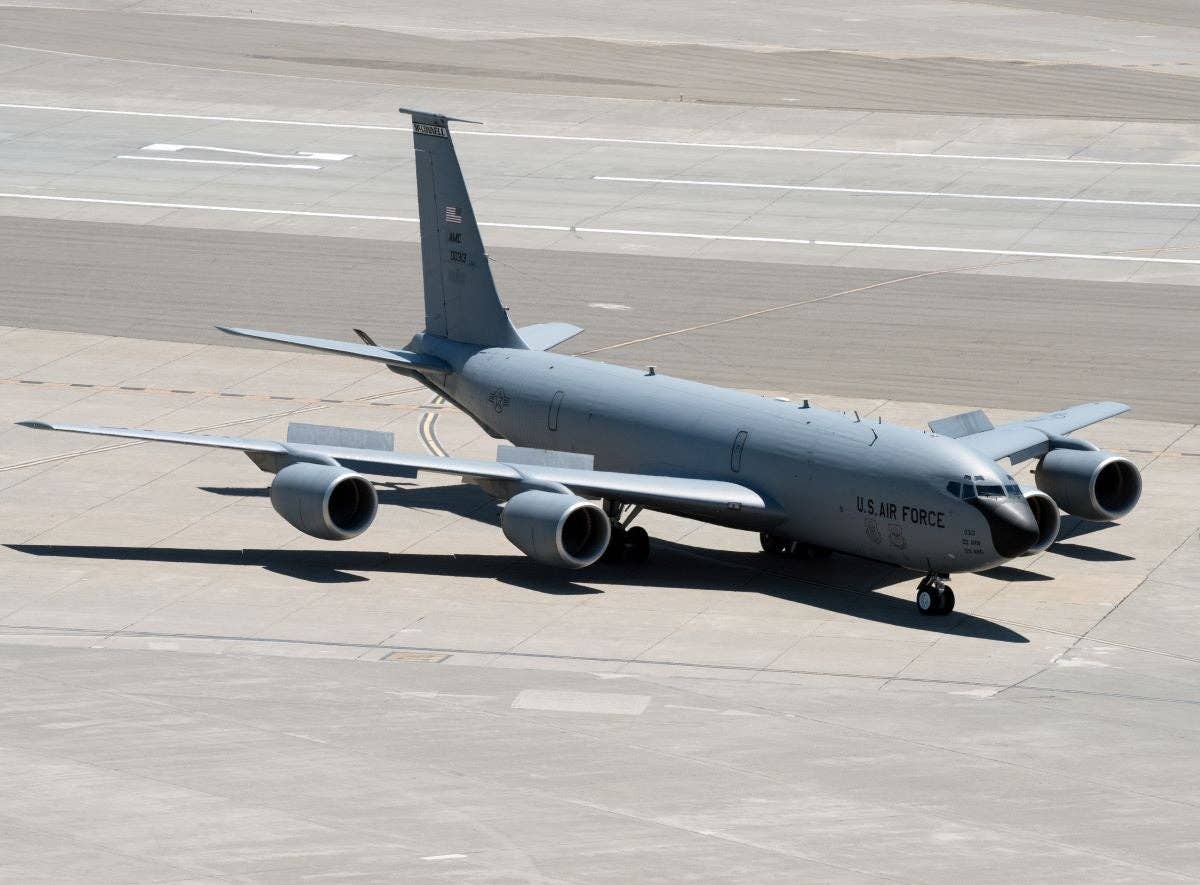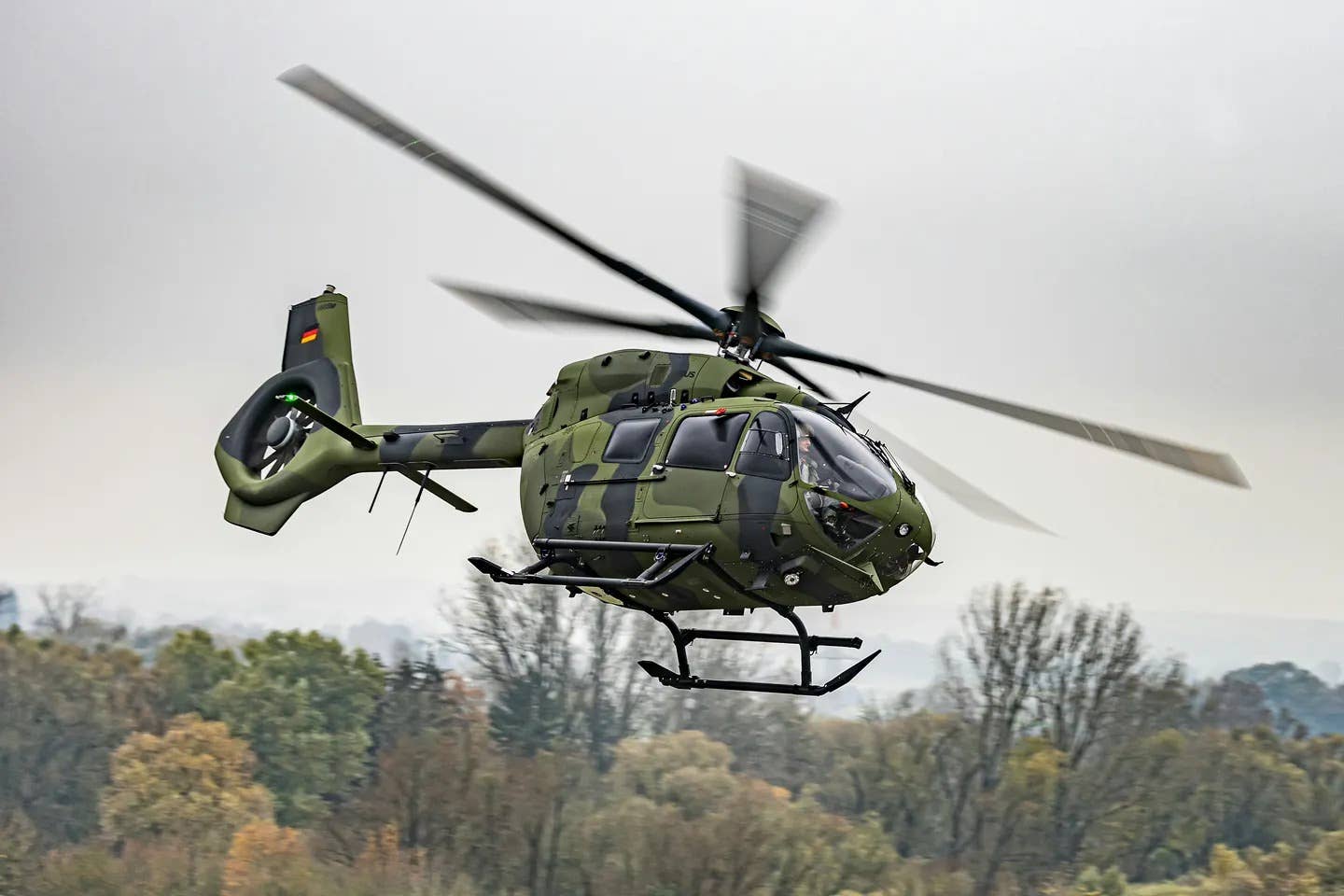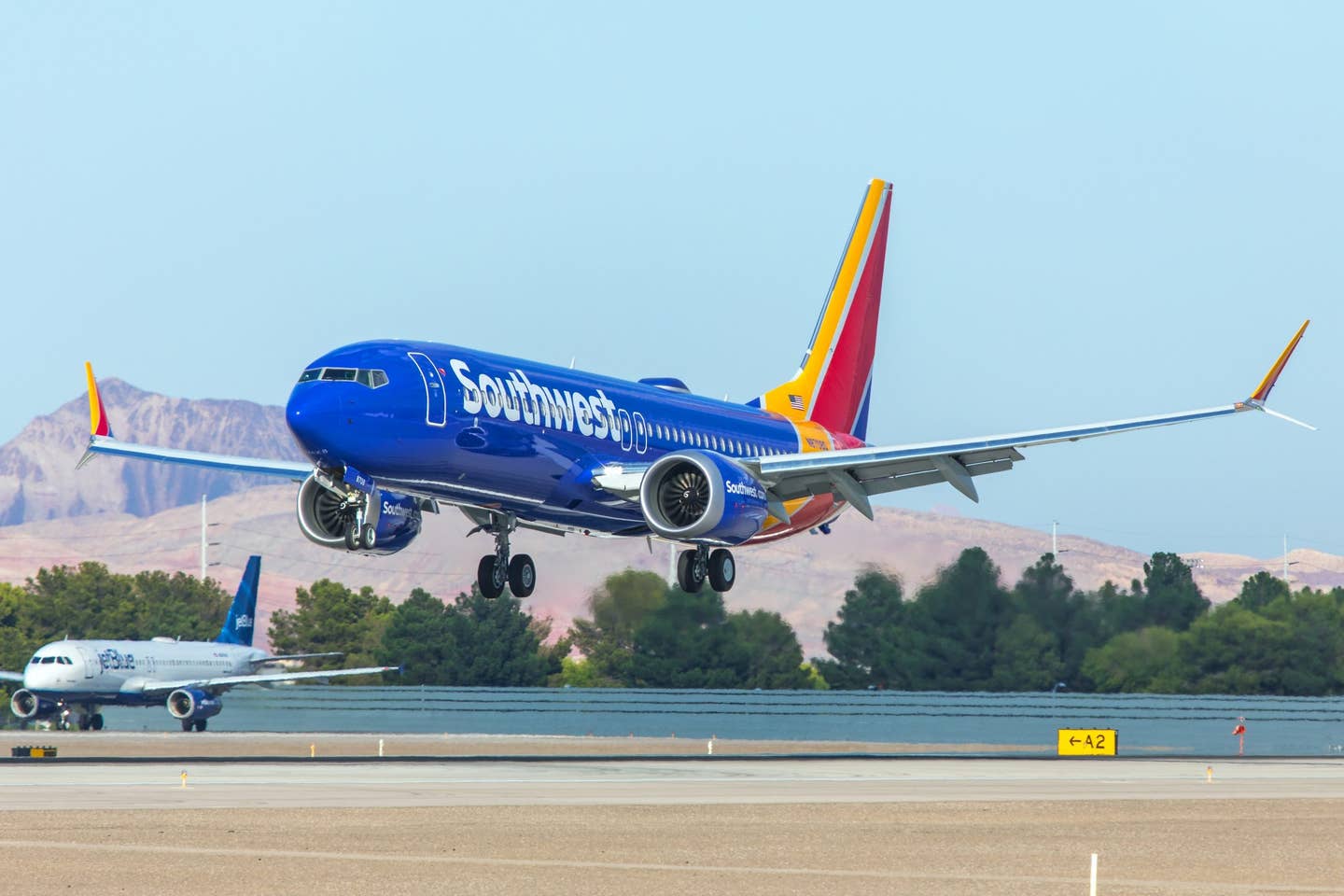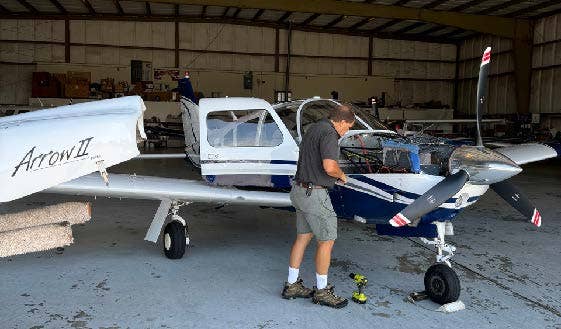
The FAA last week proposed one of the most wide-reaching overhauls of air carrier training ever seen in the history of U.S. aviation. The proposal, which aims to give pilots and other crew members better hands-on emergency training, is the culmination of years of effort triggered in large part by the 2009 crash of a Colgan Air regional carrier in Buffalo, New York, that killed 50 people.
One of the proposal’s key provisions would require pilots to engage in training scenarios as complete flight crews in order to better replicate the coordinated actions required during actual in-flight emergencies.
The proposal would also require pilots to receive both ground and flight training geared toward proper identification and recovery from aircraft stalls and upsets, which could help prevent accidents like the 2009 Colgan crash in the future, many argue. While current regulations only require that pilots receive stall recognition and avoidance training, the FAA maintains that better simulation technology is now in place to allow for recovery training.
According to the FAA, “under this proposal, flight crews would have to demonstrate, not just learn, critical skills in ‘real-world’ training scenarios.”
Among the proposal’s other provisions are stronger remedial training requirements for pilots who fail proficiency checks or demonstrate other training deficiencies. The proposal would also significantly increase the amount of simulator training received by first officers.
“The United States has the world’s safest aviation system, but we are continually seeking ways to make it even safer,” U.S. Transportation Secretary Ray LaHood was quoted as saying in a recent FAA press release. “This proposal will make U.S. pilots and other crewmembers even better-equipped to handle any emergency they may encounter.”
The new changes build upon and expand an original proposal released by the FAA in January of 2009, which received over 3,000 pages of public comments after its release. The revised proposal also includes a number of training requirements mandated by Congress in the Airline Safety and Federal Aviation Administration Extension Act of 2010.
According to FAA Administrator Randy Babbitt, the proposal, if adopted, would represent the most significant changes to the training system in the past two decades. FAA administrators estimate that the proposal, which applies to Part 121 air carriers, would cost airlines almost $400 million dollars to implement over a decade.

Sign-up for newsletters & special offers!
Get the latest FLYING stories & special offers delivered directly to your inbox






